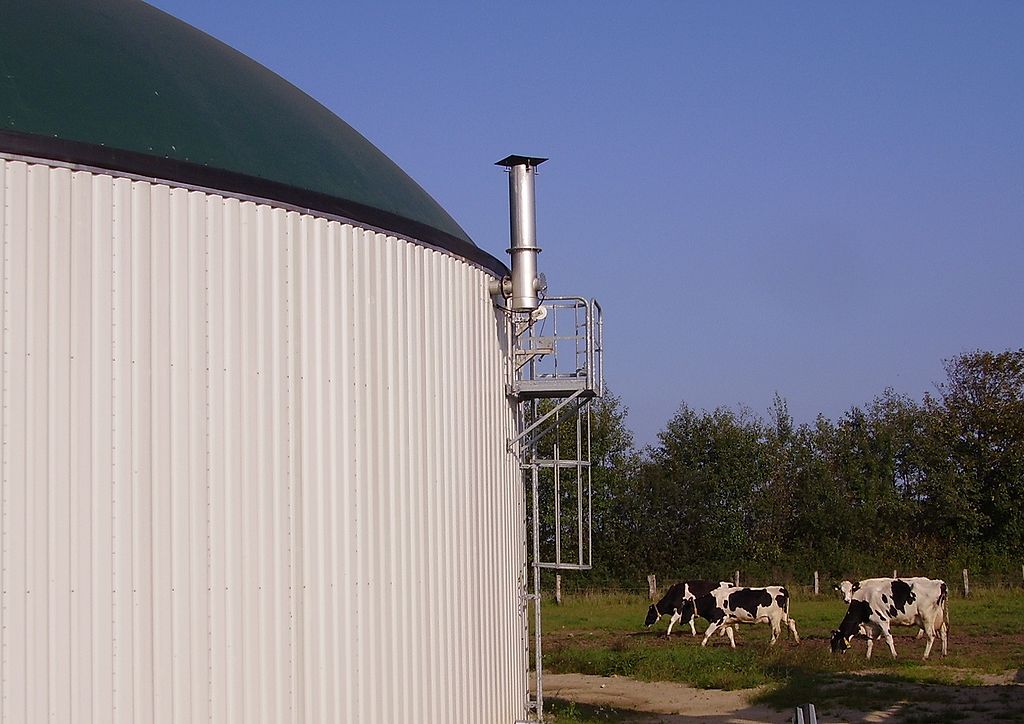News
American Biogas Council Hails Move to Promote Nutrient Recovery of Agricultural Biomass

The American Biogas Council (ABC), a trade organization representing the biogas industry in the US, has hailed the Agricultural Environmental Stewardship Act recently introduced by Congressmen Ron Kind and Tom Reed
The bill (H.R. 3744), which was reintroduced July 12th, 2019, will improve agricultural viability by recovering and recycling agricultural biomass and converting this into nutrient-rich fertilizers and renewable energy in the form of biogas.
As an incentive to encourage investment in agricultural biogas projects, qualifying biogas and nutrient recovery systems can receive a 30% investment tax credit.
"The Agricultural Environmental Stewardship Act is a boost to on-farm economies and watershed protection everywhere. When biogas systems recycle manure and its nutrients, we have cleaner waterways and healthier soil," said Patrick Serfass, Executive Director of the American Biogas Council (ABC). "This bill that Congressmen Ron Kind and Tom Reed have introduced incentivizes private investment in digester and nutrient recovery technologies which will create new jobs and protect our air, water and soil."
There are currently no tax breaks offered to investors in biogas and nutrient recycling systems. A previous tax credit that promoted the use of renewable energy expired a year and a half ago. This new tax credit promotes the production of biogas that would serve as a source of pipeline quality natural gas and compressed renewable natural gas to fuel vehicles, as well as nutrient-rich fertilizers produced as a byproduct of biogas production which provide nutrients essential for producing crops.
What is the importance of nutrient recycling?
In order to maintain both healthy soils and healthy waterways, it is critical agricultural practices employed to grow crops are sustainable. When large amounts of nutrients-rich fertilizers are applied to agricultural land over short intervals between crop planting and crop growth, the nutrients aren't absorbed by the crops. Consequently, the excess nutrients typically get washed into waterways with runoff. In aquatic systems, high nutrient loads can lead to the formation of harmful algal blooms that can be ecologically devastating, as they deplete oxygen that other aquatic organisms need to survive. This can lead to mass die-offs of fish and other wildlife. By introducing nutrient recovery systems, farmers can apply the recovered plant nutrients however needed at any time of year. This, in turn, significantly reduces the potential ecological impact of chemical fertilizers as well as the cost associated with using commercial fertilizer products. It also gives farmers more control over the mix of nutrients they apply to soils, enabling them to tweak the nutrients to maximize crop growth while at the same time reducing waste through runoff.
How do biogas systems help with nutrient recovery?
A biogas digester transforms manure or other organic material such as food waste using natural, microbial processes (similar to what occurs within the stomach of a cow) to produce a nutrient-rich digestate that contains all the nutrients in a form that is more bioavailable to plants. Since this digestate is warm and has already been broken down when it leaves the biodigester, the ability to separate and concentrate nutrients is more efficient and reliable. According to the American Biogas Council, "this allows farmers and landscapers greater control of how much of each nutrient (e.g., nitrogen, phosphorus, and potassium) they apply to the soil."
Biogas market in the US
There are currently 2,200 biogas plants across the US, with enormous potential for further expansion in the local biogas industry. According to the American Biogas Council, there are over 13,500 new sites ripe for development today. If fully realized, these new biogas systems could produce enough energy to power 7.5 million American homes and reduce emissions equivalent to removing up to 15.4 million passenger vehicles from the road. To develop these biogas projects would require an estimated US$40 billion capital investment for construction, which would in turn provide approximately 335,000 short-term construction jobs and 23,000 permanent jobs to build and run the digesters, according to the ABC.
Find out how a biogas system works here.
Featured Image by Vortexrealm at English Wikipedia [CC BY 3.0]


